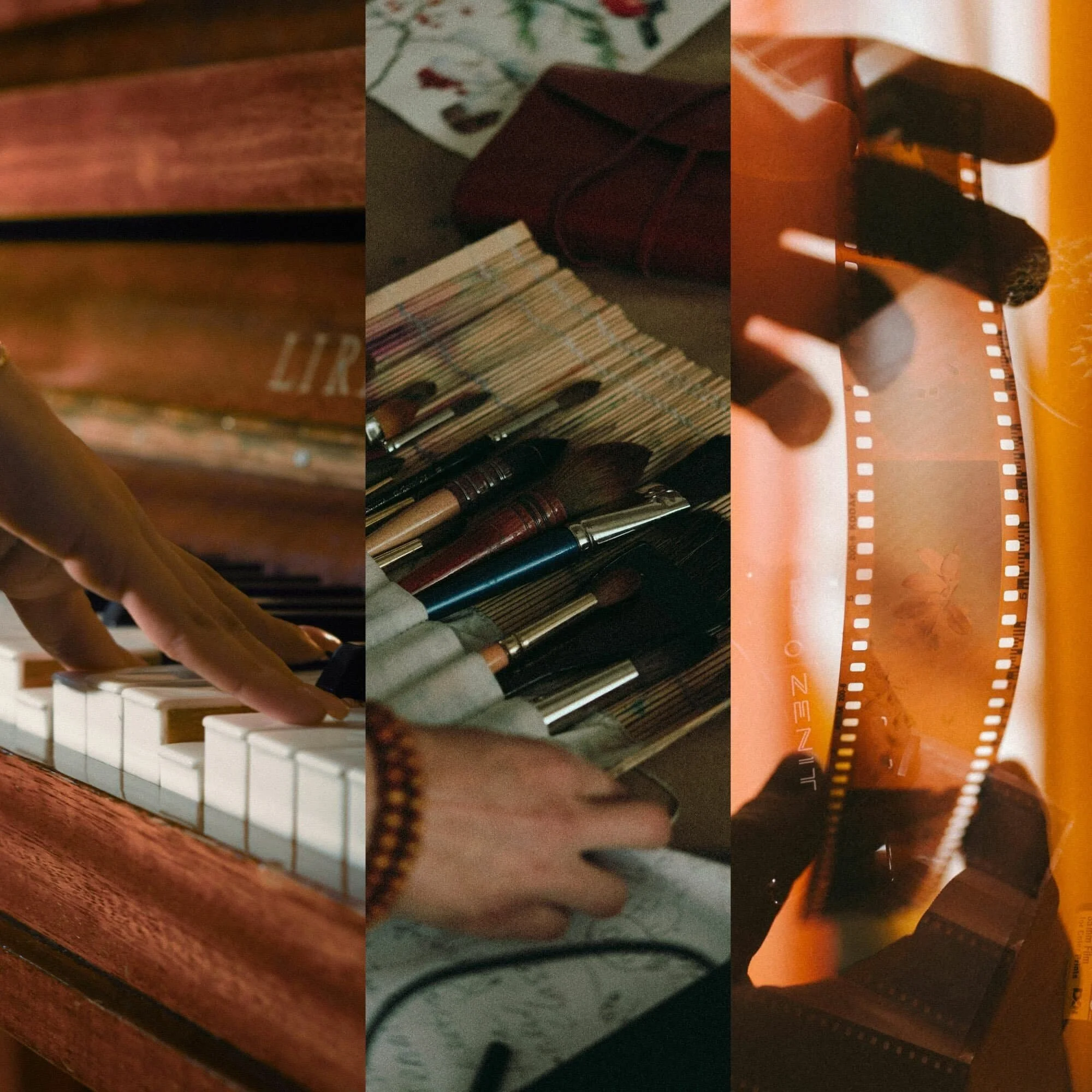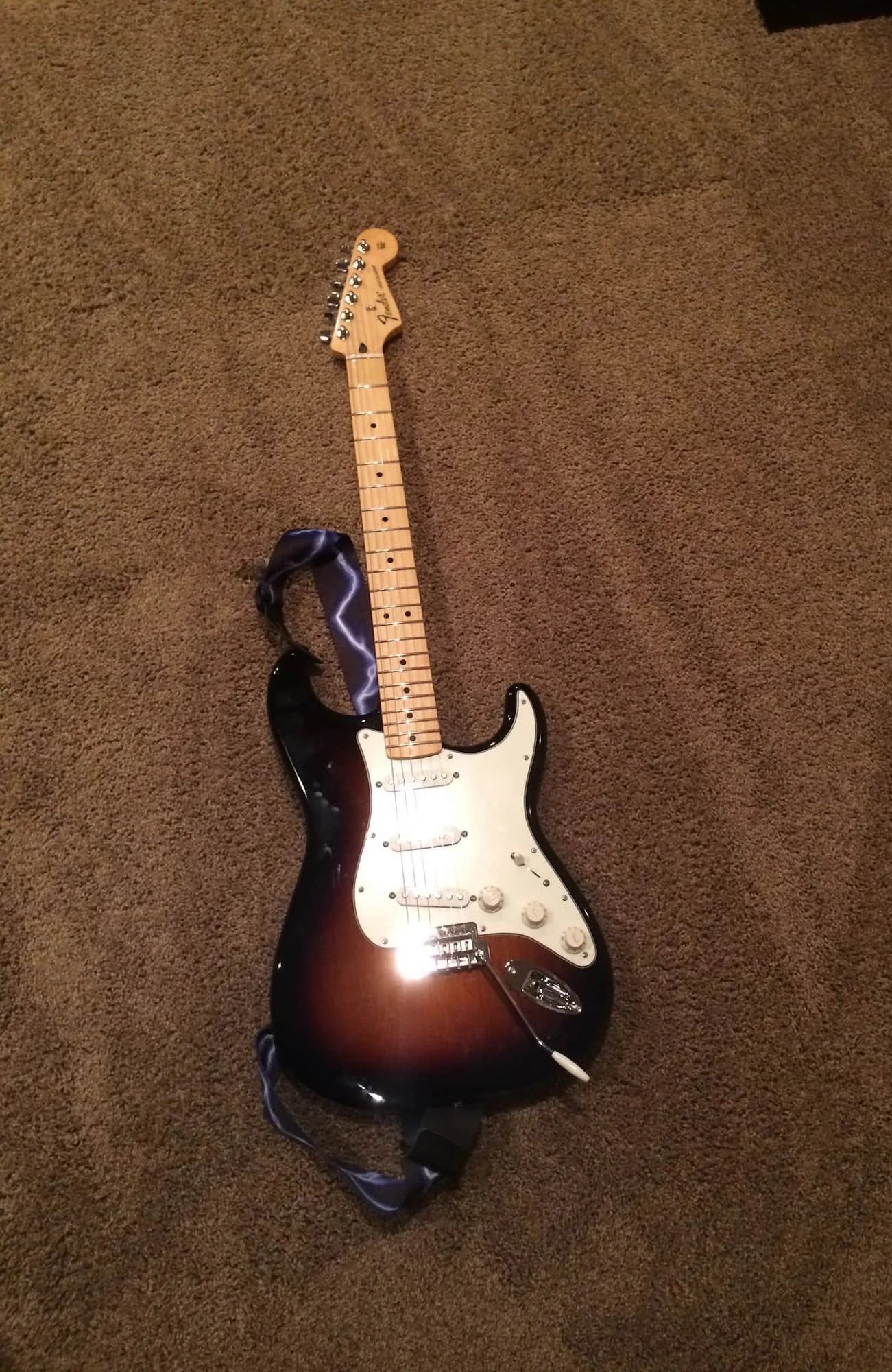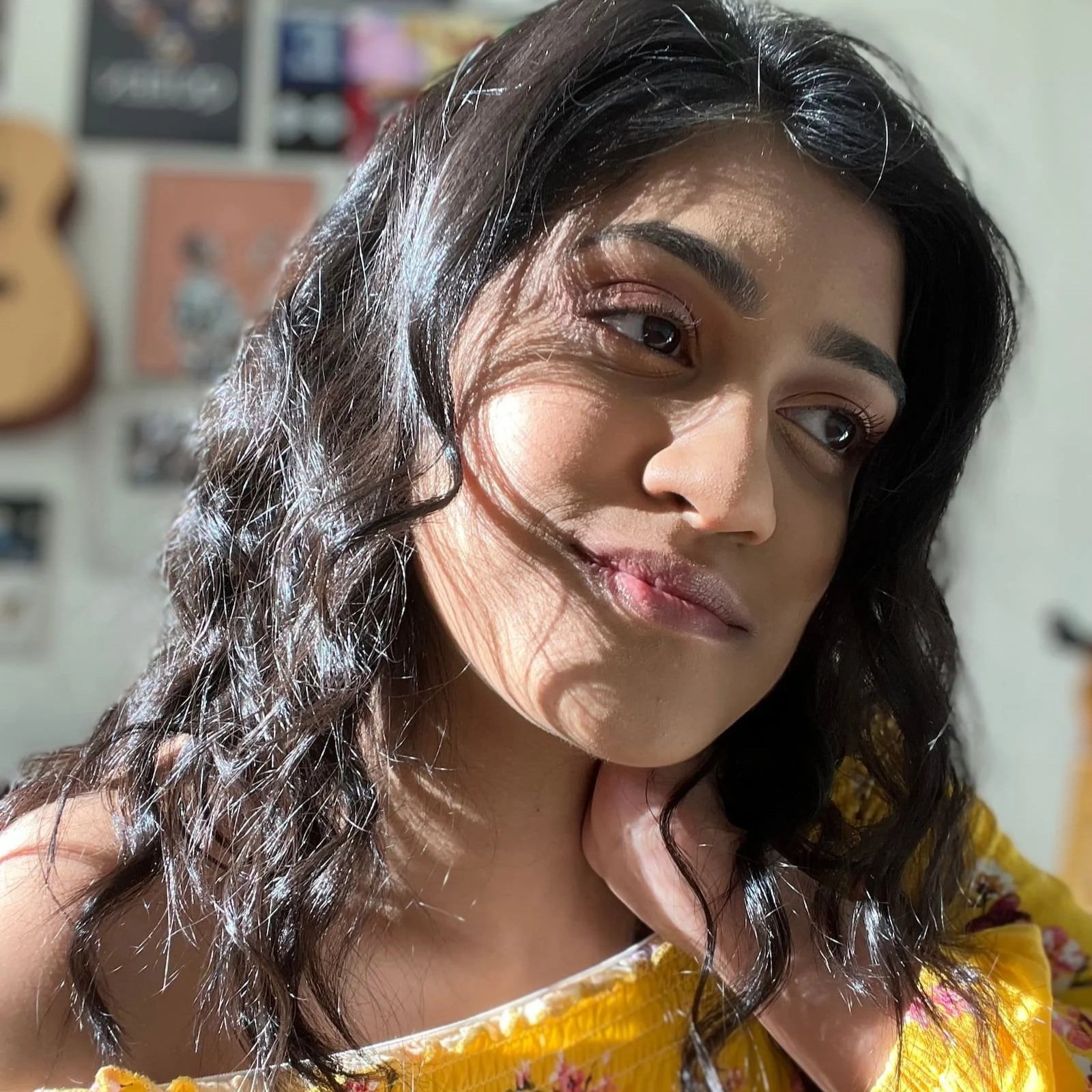Artists Will Win the Battle Against AI
“AI-generated art is the future,” is a narrative that has dominated our public discourse, but it ignores the reality of why we’re drawn to art in the first place.
By Mekhala Mira
September 18, 2025
A few months ago, I was driving down the highway, jamming out to one of Spotify’s rock playlists, and a song I hadn’t heard before began to play. With its catchy melodies and crunchy guitar riffs, it felt tailor made for me. I added it to one of my own playlists and kept it in my listening rotation. The song was called “Bones In The River” by The Devil Inside.
Soon after, a report came out from Uhmbrella, a company specializing in AI music detection, revealing that nearly 90% of the band’s catalog was created using the Suno AI music software. Some songs were even 99.6% AI-created. I felt absolutely disgusted. I immediately banished the song from my playlist and unfollowed them.
Apparently, I wasn’t the only person who felt that way. In July, The Devil Inside had over 700,000 followers on Spotify. As of mid-September, the band has barely 300,000. That huge drop-off is not a coincidence. Numerous studies have shown that people have a bias against AI-generated art. In one of those studies, when participants were told a piece of art was AI-generated, they reacted negatively and reported feeling apathy or no emotion towards it. When participants were told the same piece of art was human-made, they reported positive reactions and stronger emotional connections. Another study even showed that individuals who thought they were going to see human-made art had more activity in their brain reward centers. The fact that there is a physiological effect suggests that this is not a mild bias.
Where does such a strong bias come from? The answer appears to be a simple societal opinion – people believe art must be created by a human to be considered art. But why do people believe that?
Anthropologist Alfred Gell explains this in his theory of “abduction of agency.” In its essence, his research shows that our actions and social connections are influenced by the objects around us because of the relationship we develop with their creators.
For example, I’m sitting in my bedroom right now, and to my right, my Sunburst Fender Stratocaster hangs prominently on my wall. Why did I put it there? Why isn’t it just sitting in a guitar case in my closet? The answer takes me back to 2013, standing next to my dad at Guitar Center in Totem Lake, Washington, listening to an employee explain in detail why this was a great beginner electric guitar. He points out the comfort that comes from the curve of its body, the endless tonal options from the five-way pickup switch, and the deep cutouts that would make it easy to shred. In that moment, a bond formed between me and the guitar’s original creator, Leo Fender. His vision to transform a block of wood into this intricate instrument led to a new social connection with the Guitar Center employee, a shared moment with my dad, and the decision to buy my first electric guitar.
Over the next 12 years, my Strat became more and more entwined in my life. I personalized it with modifications, developed new relationships with musicians and luthiers, and pursued a career as a writer and musician myself all because of Leo Fender’s choice to design this guitar. What was once an unremarkable instrument in a row of clones is now a treasured object that claims the top spot on my “Fire Evacuation” list.
My Fender Stratocaster in 2013My Fender Stratocaster in 2025Others expressed similar experiences to me across various forms of art. Musician EJ Carey recalled the joy she felt watching Shrek when she was six years old, saying, “All we had was princesses and then Shrek came along and completely broke that mold.” She remembered specific details that fascinated her from the DVD extras, like the animators using a “grass” setting to get the right fur texture for Donkey. She was hooked by the art itself, but what made it stick with her was seeing how the creators brought the film to life. It had such a lasting impact that she and her husband even walked back up the aisle to the Smashmouth cover of “I’m a Believer” from the movie when they recently got married.
“I feel happy every time I think about it,” she said.
This thread of happiness that has woven through her life would’ve disappeared if she’d opened the DVD extras and saw that there were no creators. Without an artist, there is no long-lasting connection one can develop with a piece of art.
In another striking example, Claire Mulvaney, musician and founder of Open Mic, a social networking app for musicians, told me about a painting she’d come across at the Institute of Contemporary Art in Boston.
“I just remember being stunned by it. I just stood and stared for a long time,” she said.
Claire had been going through a relationship breakup she described as “shattering,” and was navigating conflicting feelings about this person. She said that the painting made her feel seen and validated.
The description of the painting, titled “Conflict,” begins with this: “Conflict pictures a quarrel, perhaps between lovers or adversaries who are simultaneously embracing and fighting.”
Claire’s photo of “Conflict” at the Boston Institute of Contemporary ArtClaire’s story further illustrates that people don’t just connect with a piece of art, they connect with artists. Research has shown that people also have a more positive opinion on a piece of art when they connect with the emotions of the creator. In one study, artists were asked to create a piece and list the emotions they wanted to transmit to viewers. The findings showed that viewers who could correctly identify the emotions the artists intended to convey reported a higher appreciation of and sense of meaning in the work. We can see evidence of this in Claire’s example. She observed dozens of paintings during that visit to the museum, but the one that stuck with her was the one in which her emotions and the emotions of the artist aligned.
With AI-generated art, there is no human artist, and therefore this pipeline of emotional connection is disrupted. Once we have the knowledge that a piece of art is AI-generated, our biases, whether conscious or unconscious, dampen any strong emotional ties we may have towards it.
You may think to yourself — “But I do feel something when I interact with [insert piece of AI-generated art].” That’s certainly possible, but think about the art that has stuck with you over time, the art you reminisce on. I’ll bet you know something about the person who created it. We can infer from Alfred Gell’s theory that the piece of art you’re thinking of, the one that stayed with you, did so only because you connected with its creator. A piece of AI-generated art may make you feel something now, but it’s not going to help you manage a painful breakup or weave a thread of happiness through your life like the human-made pieces did with Claire and EJ. There are real benefits to art that you will miss out on without the presence of an artist.
There’s an obvious caveat that pops up here: What if we can’t tell the difference between human-made and AI-generated art? It’s true that as AI-technology evolves, it will become more difficult to distinguish between the two. It’s hard enough already – one study showed that people were only able to correctly identify AI-generated art 20% of the time. But I would argue that there is no world in which AI-generated art can live in the shadows. That’s because art is inherently social. When someone shares their art, they are attempting to connect with others. When people are affected by that art, a “sharing effect,” occurs, where people feel compelled to communicate their feelings with someone else. There is simply no room for AI to hide.
Those who use AI to create art clearly understand that people are biased against it, which is why they go out of their way to hide their use of it. The Devil Inside doesn’t mention any use of AI in their Spotify bio, and their website heavily downplays it, but attempting to hide the use of AI in the hope of finding success in the arts shows a fundamental misunderstanding of why the bias exists. The Devil Inside doesn’t take into account that it’s not their music alone that will bring them success; it’s the relationship they have with their listeners. This goes for any artist: if people enjoy your art, they are going to want to know more about you, the artist.
“Think about the art that has stuck with you over time. I’ll bet you know something about the person who created it. ”
While the failure of AI-generated art may be inevitable in the long term, we also can’t just wait for it to fade away. There are real consequences to artists in the short term. As The Devil Inside enjoyed viral success, real musicians, the ones that create impactful work, were being financially squeezed out. Even now, with over 300,000 monthly listeners, they still pocket a massive chunk of the revenue pie. This extends past music — just a few days ago, I met somebody who creates tech to replace actors’ dialogue in film. This kind of technology will effectively eliminate post-production jobs in Automated Dialogue Replacement (ADR) and reduce working days for actors. If artists can’t work and afford to live, the volume of art that could improve our lives will decrease.
The solution to this is to insist on transparency. California has made a concerted effort to do just that with the recent passage SB 942, the “California AI Transparency Act.” The bill introduces measures to help users detect AI-generated content, but considering the minuscule financial penalties, it does not go nearly far enough to make a real difference. While several similar bills have been proposed in other states and in Congress, none have passed.
AI-generated art is not going away any time soon, but that doesn’t mean its presence has to encroach upon the space of real artists. If generative-AI companies truly believe in the validity of their art, they should stand behind it in full view. But I think they suspect what is obvious – if you allow AI-generated art to live alongside human-made art, you’ll see the true value of an artist in our society.
Mekhala Mira is a writer, producer, and musician based in Los Angeles, California. Her work, rooted in both research and radical vulnerability, examines how the world around us shapes our internal lives.
Women have the odds stacked against them when rising into leadership positions. The collateral damage: their female employees.
A musician’s viral plea for help raises an important question: What do we owe to the people who bring life to our world?






